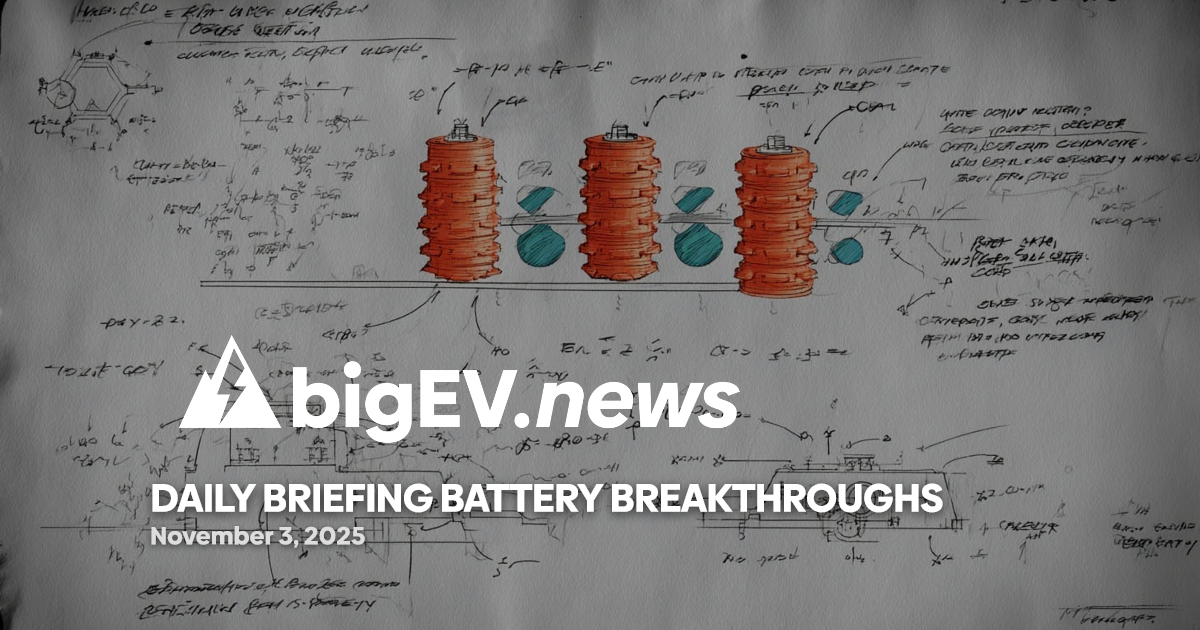Geopolitical tensions and strategic investments redefine sourcing, refining, and control of rare earths and critical minerals for energy and defense.
At a glance – The past 24 hours have seen a marked escalation in the global race to secure rare earths and critical minerals, with the United States, China, and Europe all taking decisive steps to shore up their supply chains. The US Department of Defense’s recent equity investment in MP Materials signals a major shift in policy, treating rare earths not merely as commercial commodities but as strategic assets essential for national security. This move comes as China continues to dominate heavy rare earth extraction and processing, controlling nearly 90 percent of global output and imposing export restrictions that have sent prices for key elements like yttrium, terbium, and dysprosium soaring by hundreds of percent since April. The resulting supply chain vulnerabilities have prompted Washington and Brussels to accelerate efforts to diversify sourcing and reduce reliance on Chinese-controlled refining capacity.
Technology advance – MP Materials is advancing its Texas plant and the forthcoming 10X Facility, aiming to create a vertically integrated supply chain for rare earths-to-magnets in the United States. This includes new investments in heavy rare earth separation, a critical bottleneck outside China, especially for elements like dysprosium and terbium used in high-temperature magnets for defense and electric vehicles. While Mountain Pass is rich in light rare earths, the company is now working to prove its capabilities in commercial-scale heavy rare earth separation and magnet production. The Pentagon’s support is expected to accelerate the development of domestic magnet manufacturing, reducing dependence on Chinese expertise and technical know-how, which Beijing has recently sought to protect by restricting the movement of its rare earth engineers.
Partnerships – In Europe, a new law enacted in May 2024 is driving collaborative efforts among EU member states and private sector partners to boost critical mineral output by 2030. These alliances are designed to counter China’s dominance in refining and processing, with joint ventures targeting the development of new mines and separation facilities for rare earths and other strategic minerals. The European initiative is also fostering partnerships with Australian and Canadian mining firms to secure diversified sources of supply, particularly for medium and heavy rare earths that remain in tight global supply. These collaborations are expected to play a pivotal role in supporting the continent’s clean energy transition and defense modernization programs.
Acquisitions/expansions – American rare earths companies are aggressively expanding their operations to address the domestic imbalance between extraction and processing. MP Materials, Energy Fuels, and NioCorp Developments—currently the three largest US rare earths stocks by market cap—are leading the charge, with new investments in refining capacity and downstream manufacturing. These expansions are attracting significant investor interest, as the US seeks to capitalize on its vast rare earth reserves and reduce exposure to Chinese export controls. Recent escalations in the US-China trade war, including cumulative tariffs of 54 percent on Chinese goods and heightened Chinese export controls on seven strategic rare earth metals, have further incentivized domestic growth and supply chain resilience.
Regulatory/policy – The US government has streamlined permitting and increased Department of Defense funding to support domestic rare earth production, reflecting a broader shift toward treating critical minerals as national security priorities. The 2025 Draft List of Critical Minerals, published in the Federal Register, highlights the inclusion of rare earths, heavy mineral sands, gallium, germanium, and other strategic elements essential for batteries, motors, and energy systems. This regulatory momentum is mirrored by China’s tightening of export restrictions and Europe’s legislative push to reduce Chinese reliance, setting the stage for a two-tiered global market where ex-China buyers face significant premiums.
Finance/business – Investors are closely monitoring rare earth and critical mineral stocks, with demand fundamentals trending upward due to the proliferation of permanent magnets in electric vehicles, renewable energy, and defense applications. The market’s volatility, driven by geopolitical tensions and supply chain disruptions, is creating new opportunities for companies operating outside China. The Investing News Network’s latest data, compiled on August 21, 2025, underscores the growth potential for US, Canadian, and Australian rare earths firms, as they position themselves to capture market share amid escalating trade conflicts and strategic policy interventions. Analysts predict that the combination of price floors, long-term offtake agreements, and direct government support may not be easily replicated for larger commodities, but could serve as a model for securing supply chains in other critical sectors.
Sources: energypolicy.columbia.edu, investingnews.com, cfr.org, federalregister.gov, house.gov, utilitydive








